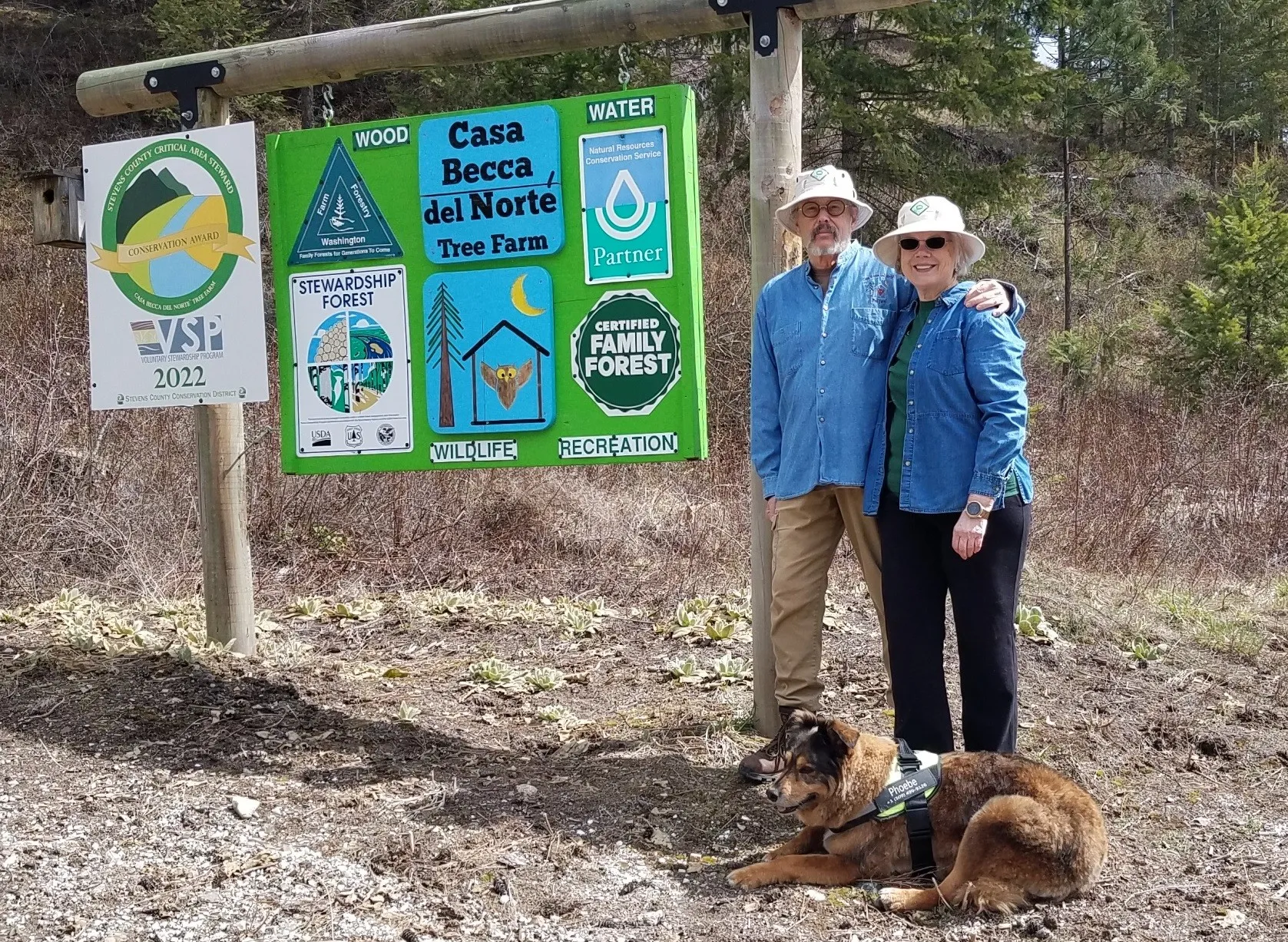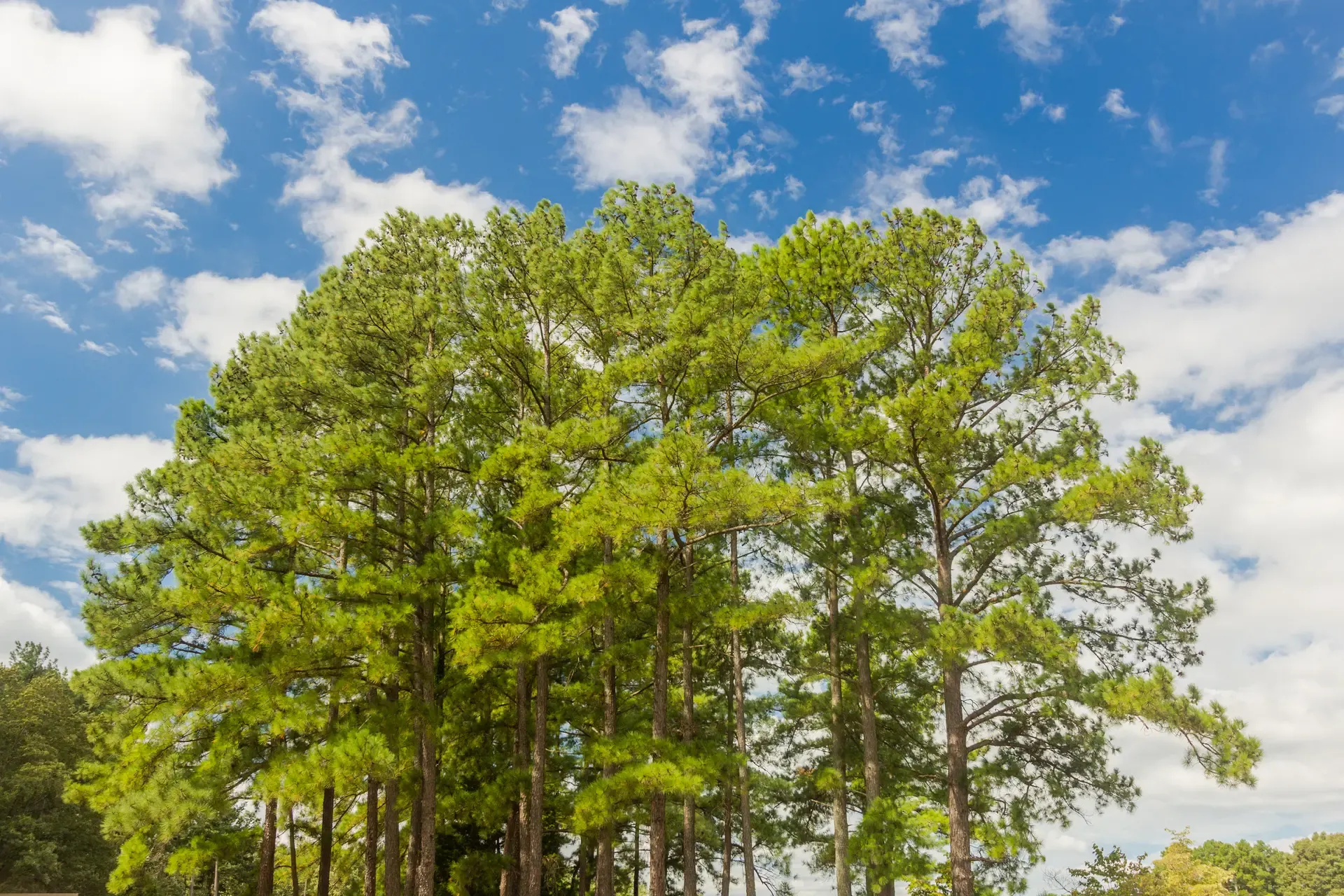Don Newell, 2020 National Outstanding Tree Farmer of the Year Finalist

Don and Patricia Newell acquired their 250-acre property in Thorndike, Maine, in 1978, selling the lots with prime soils to farmers and keeping the forestland for their family. As a real estate broker and a descendent of Maine farmers and loggers, Don understands his obligation to leave the land better than he found it for future generations.
Early in his career, Don was asked to market forested land. He asked a consulting forester to write a brief report about what was special about it for marketing purposes. When Don bought his own woodlot, he called on that same forester, which resulted in a management plan, a Tree Farm sign, and an understanding of what his forest could be. He always looked forward to the inspections, when he could show what he had done and receive guidance on the work ahead.
Don proactively puts his plan into action. He thinned 20 acres for high-quality stems and released crop trees on 50 acres for robust crown development. With the help of forester Rob Nelson, Don planted 2,500 spruce seedlings in a 10-acre clearcut in 2018 and 150 spruce in a two-acre clearcut in 2019. Each spring, he transplants 300 spruce seedlings from his woodlot to a small rocky field behind his house for Christmas trees, a wildlife thicket, and pole-sized timber. His efforts have increased the presence of a valuable but underrepresented native species.
He’s making significant progress against nectria canker disease in beech trees and feels confident he’ll have high-quality trees growing where diseased beech would have otherwise taken over the landscape.
Don applies the principles of the Maine Audubon “Forestry for Maine Birds” program by creating and maintaining a variety of forest habitat elements. Brush piles encourage wildlife. Patch cuts promote early successional habitat. Combi-tubes protect red oak seedlings from deer browse. Patches of quaking aspen saplings support both ruffed grouse and the red oak saplings coming in below.
A bridge built in 2018 over a perennial stream to a remote area allows for the natural flow of clean water and unimpeded fish passage. Geotextile and rock culverts will be installed wherever water crosses the network of multiuse trails, which follow old logging trails that were built to avoid steep inclines and wet areas. The public enjoys them for hiking, biking, birding, skiing, and snowshoeing. A snowmobile trail crosses the property as part of the statewide Interconnected Trail System.
Don is always ready to introduce a new person or group to his Tree Farm. His mantra is, “Come check out my woodlot!”
America’s family forests are vital for clean water and air, wildlife habitat, and sustainable wood supplies. The American Tree Farm System, the American Forest Foundation’s signature program, is the country’s largest sustainable woodland program, with a network of more than 70,000 family forest owners managing 19 million acres of forestland.
Related Articles

November 20, 2025
New Film Showcases Carbon Project’s Impact on Family Landowners and Nature
The American Forest Foundation (AFF), a national organization committed to empowering family forest owners to create meaningful conservation impact, announced today the release of a new film that tells the story of the Family Forest Carbon Program (FFCP) and its impact on people and the planet.

November 6, 2025
Meet the 2025 Outstanding Tree Farmers of the Western Region – Lynn and Becky Miner
Lynn and Becky Miner’s story is one of vision, perseverance, and transformation. When they first purchased their 100-acre property near Chewelah, Washington in 1992, it was far from the thriving, diverse forest it is today. They have poured their energy into turning “Casa Becca del Norte” (Becky’s House in the North) into a model Tree Farm, earning the recognition as 2025’s Outstanding Tree Farmers of the western region.

June 3, 2025
Why Wildlife Loves Loblolly—And How These Pines Can Benefit Your Land
A quiet stretch of pine trees can offer more than just scenery—it can provide vital habitat for wildlife across every season. Loblolly pine, the most common native tree species in the Southeast, plays a particularly important role in creating habitat for a wide variety of game and non-game species, from wild turkeys and rabbits to songbirds and squirrels.